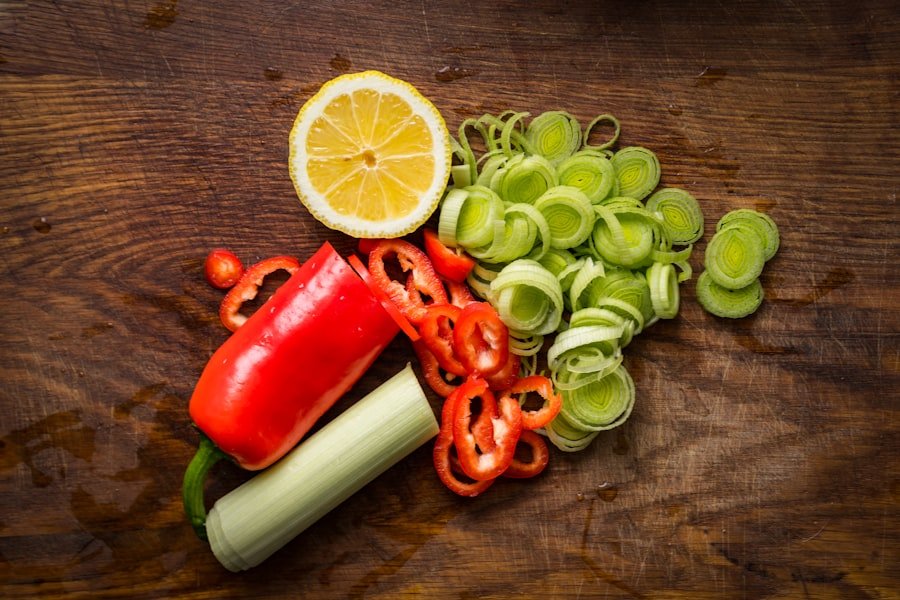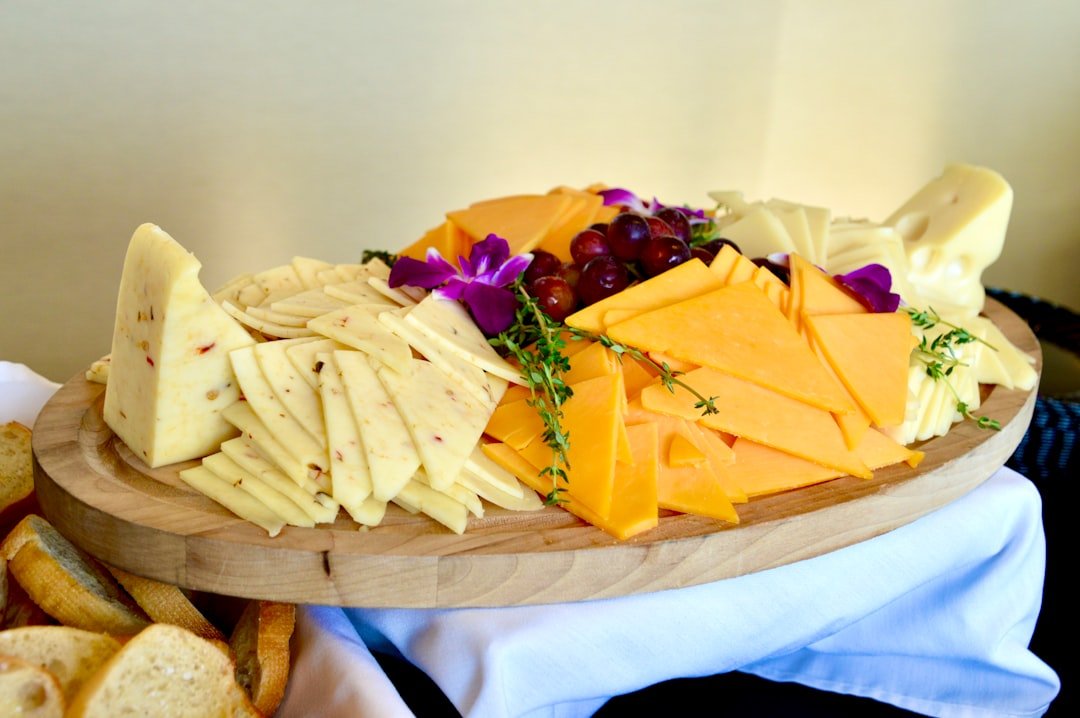The top round roast, a cut of beef that hails from the rear leg of the cow, is often overlooked in favor of more popular cuts like ribeye or tenderloin. However, when prepared correctly, it can be a succulent centerpiece for any meal. Known for its lean nature and robust flavor, the top round roast is a versatile option that can be transformed into a variety of dishes.
Its relatively low fat content makes it a healthier choice, appealing to those who are conscious of their dietary intake while still desiring a hearty meal. This cut is particularly favored for its affordability compared to other premium cuts, making it an excellent choice for families or gatherings. When cooked properly, the top round roast can be incredibly tender and juicy, providing a satisfying experience for meat lovers.
The key lies in understanding the nuances of this cut, from selecting the right piece of meat to mastering the cooking techniques that will bring out its best qualities. In this article, we will explore the intricacies of preparing a juicy top round roast, ensuring that you can impress your guests or family with a delicious and memorable meal.
Key Takeaways
- Juicy top round roast is a flavorful and lean cut of meat that can be prepared in a variety of ways.
- When selecting the perfect cut of meat, look for a top round roast with a good marbling of fat and a bright red color.
- Preparing the top round roast involves trimming excess fat, tying the roast for even cooking, and allowing it to come to room temperature before cooking.
- Seasoning and flavoring options for top round roast include garlic, herbs, and marinades to enhance the natural flavors of the meat.
- Cooking methods for juicy top round roast include roasting, grilling, and slow cooking to achieve tender and juicy results.
Selecting the Perfect Cut of Meat
Choosing the right top round roast is crucial to achieving a flavorful and tender dish. When shopping for this cut, look for a piece that has a bright red color, indicating freshness. The marbling, or the small flecks of fat within the muscle, is also an important factor; while top round is generally lean, some marbling can enhance flavor and juiciness.
A roast weighing between three to five pounds is ideal for most home cooks, as it provides enough meat for a family meal while still being manageable in size. Additionally, consider the source of your meat. Purchasing from a local butcher or a reputable grocery store that prioritizes quality can make a significant difference in taste and texture.
If possible, inquire about the animal’s diet and living conditions; grass-fed beef, for example, tends to have a richer flavor profile compared to grain-fed options. Once you have selected your cut, it’s essential to allow it to come to room temperature before cooking. This step ensures even cooking throughout the roast, preventing the outer layers from overcooking while waiting for the center to reach the desired doneness.
Preparing the Top Round Roast

Preparation is key when it comes to cooking a top round roast. Begin by trimming any excess fat from the surface of the meat. While some fat can contribute to flavor during cooking, too much can lead to an unappetizing texture and taste.
Use a sharp knife to carefully remove any large pieces of fat without cutting into the meat itself. After trimming, pat the roast dry with paper towels; this helps achieve a better sear when cooking. Next, consider marinating the roast to enhance its flavor and tenderness.
A simple marinade can be made using ingredients like olive oil, vinegar, garlic, and herbs such as rosemary or thyme. Allow the meat to marinate for at least two hours, or ideally overnight in the refrigerator. This not only infuses the meat with flavor but also helps break down some of the tougher fibers in the muscle, resulting in a more tender final product.
If marinating isn’t an option due to time constraints, simply rubbing the roast with oil and seasoning it generously with salt and pepper can still yield excellent results.
Seasoning and Flavoring Options
| Seasoning and Flavoring Options | Usage | Benefits |
|---|---|---|
| Salt | To enhance flavor | Enhances taste, preserves food |
| Pepper | To add heat and flavor | Rich in antioxidants, adds depth to dishes |
| Garlic Powder | To add savory flavor | Antibacterial properties, adds depth to dishes |
| Onion Powder | To add sweet and savory flavor | Rich in antioxidants, adds depth to dishes |
The seasoning of a top round roast can significantly impact its overall flavor profile. While salt and pepper are classic choices that enhance the natural taste of the beef, there are numerous other options to explore. For those who enjoy bold flavors, consider using a dry rub made from garlic powder, onion powder, smoked paprika, and cayenne pepper.
This combination adds depth and complexity to the roast while providing a slight kick. Herbs also play an essential role in flavoring beef. Fresh herbs like rosemary, thyme, and parsley can be finely chopped and mixed with olive oil to create an aromatic paste that can be rubbed all over the roast.
Alternatively, using dried herbs can also be effective; however, fresh herbs tend to impart a more vibrant flavor. For an added layer of richness, consider incorporating mustard or horseradish into your seasoning mix. These ingredients not only enhance flavor but also create a beautiful crust on the exterior of the roast as it cooks.
Cooking Methods for Juicy Top Round Roast
There are several methods for cooking a top round roast, each offering unique benefits that can enhance its flavor and texture. One popular method is roasting in the oven. Preheat your oven to 325°F (163°C) and place the seasoned roast on a rack in a roasting pan.
This allows hot air to circulate around the meat, promoting even cooking. A meat thermometer is essential for this method; aim for an internal temperature of 135°F (57°C) for medium-rare or 145°F (63°C) for medium doneness. Another effective cooking technique is braising, which involves searing the meat first and then cooking it slowly in liquid.
This method is particularly beneficial for tougher cuts like top round as it helps break down connective tissues while infusing moisture into the meat. Start by searing the roast in a hot skillet until browned on all sides before transferring it to a Dutch oven with broth or wine and aromatics like onions and carrots. Cover and cook on low heat for several hours until fork-tender.
Sides and Accompaniments

When serving a top round roast, selecting complementary side dishes can elevate your meal to new heights. Classic accompaniments include roasted vegetables such as carrots, potatoes, and Brussels sprouts tossed in olive oil and seasoned with herbs. The natural sweetness of roasted vegetables pairs beautifully with the savory flavors of beef.
Another excellent option is creamy mashed potatoes or garlic mashed potatoes, which provide a comforting contrast to the robust flavors of the roast. For those seeking something lighter, consider preparing a fresh salad with mixed greens, cherry tomatoes, and a tangy vinaigrette; this adds brightness to your plate while balancing out the richness of the meat. Additionally, consider serving homemade gravy made from pan drippings; this not only enhances flavor but also ties all elements of your meal together.
Serving and Presentation Tips
Presentation plays an important role in making your meal visually appealing. When serving your top round roast, allow it to rest for at least 15-20 minutes after cooking; this resting period allows juices to redistribute throughout the meat, ensuring each slice is moist and flavorful. Use a sharp carving knife to slice against the grain; this technique helps break down muscle fibers and results in more tender pieces.
Arrange slices on a warm platter and garnish with fresh herbs or roasted garlic for an inviting touch. Consider serving alongside your chosen sides in attractive serving dishes that complement your main course. A well-set table with elegant dinnerware can enhance the overall dining experience, making your meal feel special and thoughtfully prepared.
Leftover Ideas and Storage Suggestions
Leftovers from a top round roast can be just as delightful as the initial meal if stored properly and creatively repurposed. To store leftover meat, wrap it tightly in plastic wrap or aluminum foil and place it in an airtight container in the refrigerator; it should remain fresh for up to four days. For longer storage, consider freezing portions of cooked roast; when properly sealed in freezer bags or containers, it can last up to three months.
When it comes to utilizing leftovers, there are numerous delicious options available. Shredded beef can be transformed into hearty sandwiches or tacos topped with fresh salsa and avocado for a quick lunch or dinner option. Alternatively, diced beef can be added to stir-fries or casseroles for a comforting meal that minimizes waste while maximizing flavor.
Another creative idea is to incorporate leftover roast into salads or grain bowls; this not only adds protein but also elevates everyday meals into something special.
